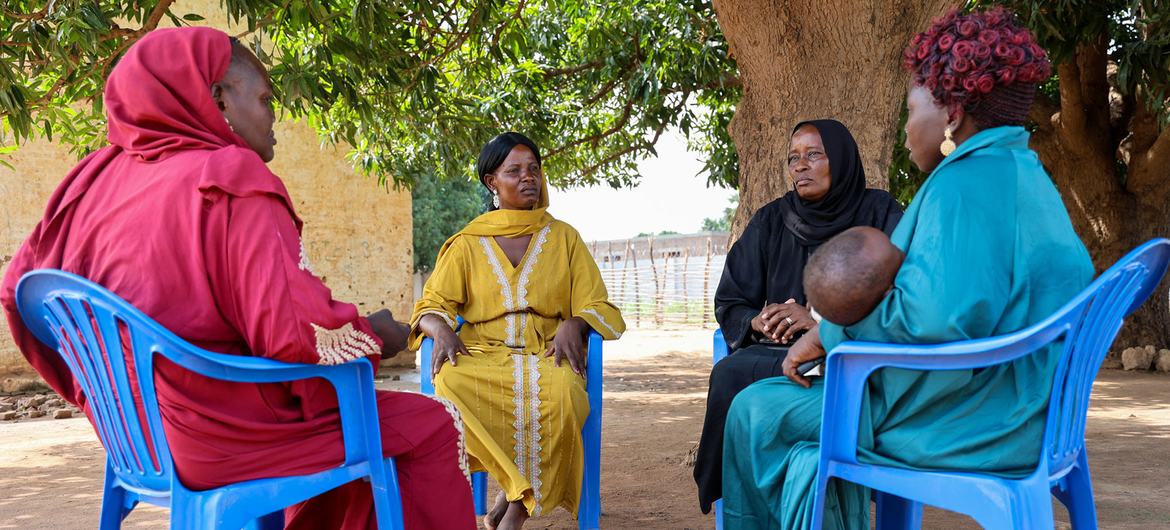Revealed: Six counties responsible for a quarter of Kenya's disease cases

In contrast, Samburu reported the lowest number of cases.
Kenya's health sector is under pressure, with a recent Ministry of Health analysis showing that six counties account for a quarter of all disease outbreaks reported in the past 15 years.
The study, published in the BMC Research Notes journal on October 15, highlights a troubling trend where the number of outbreaks is increasing annually, with every county reporting cases by 2022, compared to only one county in 2012.
More To Read
- Kenya steps up border checks as Ethiopia confirms outbreak of Marburg Virus Disease
- Governors sound alarm as 934 newborns die amid funding row in health sector
- Counties decry handling of hospitals under SHA, accuse Health Ministry of overreach
- Ruto orders all hospitals to report every maternal and child death
- Senate Committee moves to ban detention of patients, bodies over unpaid medical bills
- Ministry warns Kenyans on escalating antibiotic resistance
The analysis covers the period from 2007 to 2022 and indicates that the counties of Garissa, Nairobi, Nakuru, Wajir, Mandera, and Mombasa accounted for 25 per cent of the 457 outbreaks documented during this time.
"The average number of outbreaks reported per county was four," the report states, noting that Nairobi reported the highest incidence of cases and deaths, comprising about a third of the total cases and a quarter of all fatalities.
In contrast, Samburu reported the lowest number of cases.
Factors contributing to these disparities include population density, proximity to international borders, and varying access to healthcare services.
The authors of the report, including Farida Geteri and Samuel Kadivane from the Disease Surveillance and Response Unit at the Ministry of Health, noted the need for improved public health strategies.
The report identifies 23 diseases that were responsible for the outbreaks, with COVID-19, cholera, malaria, kala-azar, and measles posing the greatest health burdens.
 Surgeons perform McKeown’s Esophagectomy surgery, an advanced thoracic surgery that is part of the treatment of cancer of the oesophagus at the Kenyatta University Teaching, Referral and Research Hospital on June 9, 2022. (Photo: KUTRRH )
Surgeons perform McKeown’s Esophagectomy surgery, an advanced thoracic surgery that is part of the treatment of cancer of the oesophagus at the Kenyatta University Teaching, Referral and Research Hospital on June 9, 2022. (Photo: KUTRRH )
In total, the analysis recorded 6,575 deaths associated with these outbreaks.
"We summarised the archived data from 2007 to 2022 on the annual number of diseases, outbreak reports, caseload, and deaths per outbreak in each of the 47 counties," the authors explained.
Importantly, Geteri noted that HIV is no longer categorised as an outbreak in Kenya, thanks to effective intervention strategies that have led to a decline in new infections and AIDS-related deaths.
This shift underscores progress in managing public health challenges in the country.
The researchers suggest that the increase in reported outbreaks may stem from enhanced surveillance capabilities rather than a true rise in disease incidence.
The analysis has been praised for its contribution to accessible literature on outbreak occurrences, moving away from the typically confidential country-level surveillance reports.
In light of the findings, health officials stress the urgency of strengthening immunisation programmes, particularly for vaccine-preventable diseases.
They also highlight the critical need for an early warning and response system to effectively manage outbreaks.
As noted in the report, the frequency of diseases prone to epidemics, along with the pressing zoonotic threats posed by diseases like anthrax, rabies, and Rift Valley fever, calls for immediate action and a coordinated public health response.
Top Stories Today














































